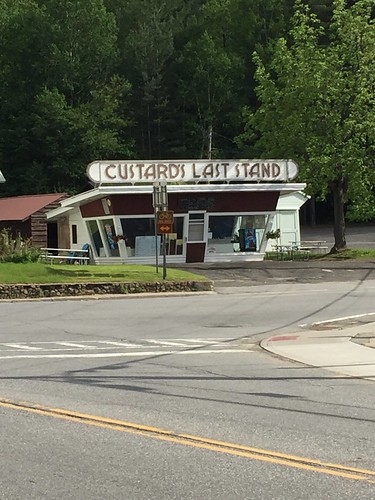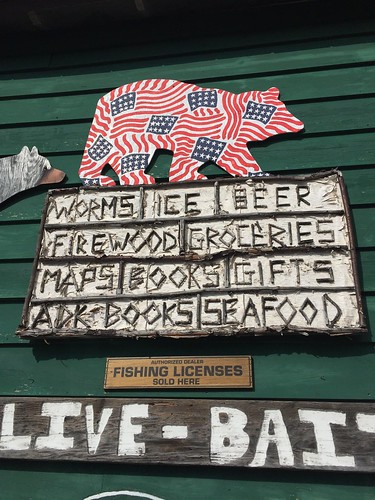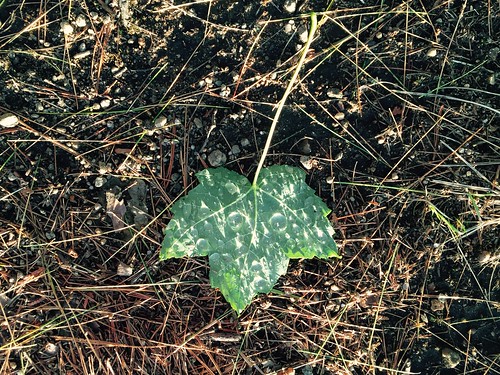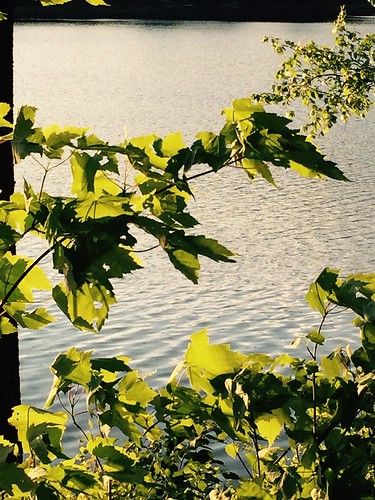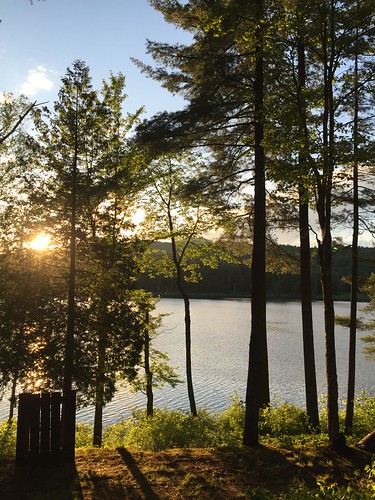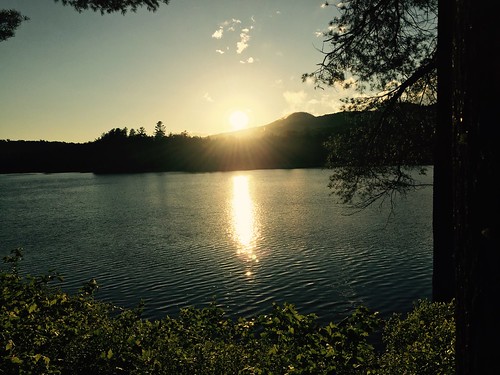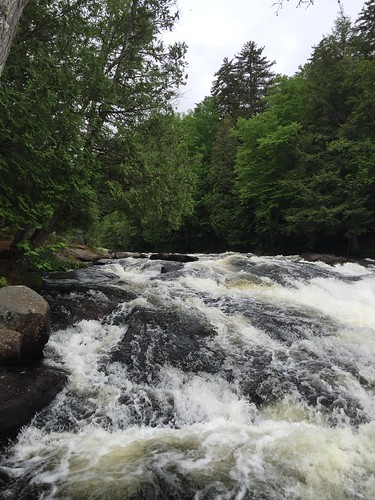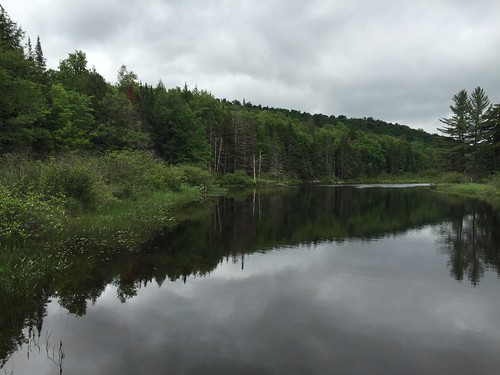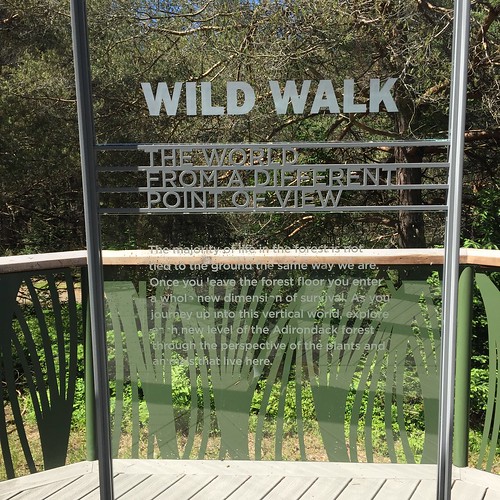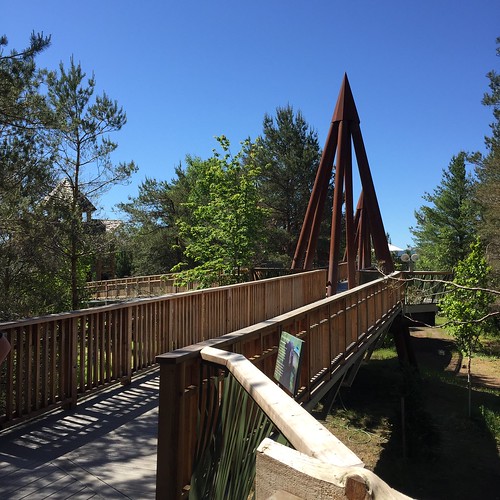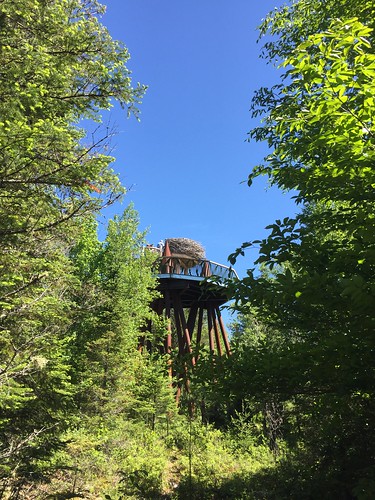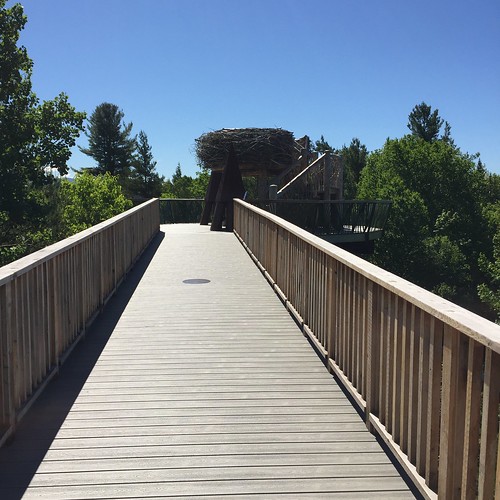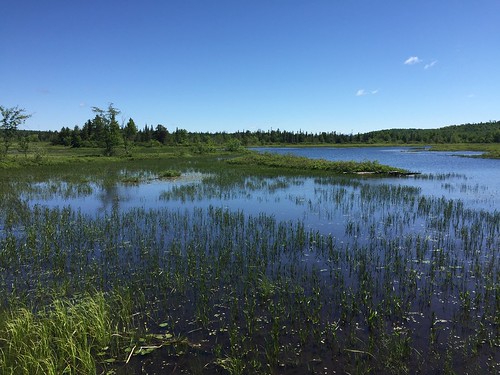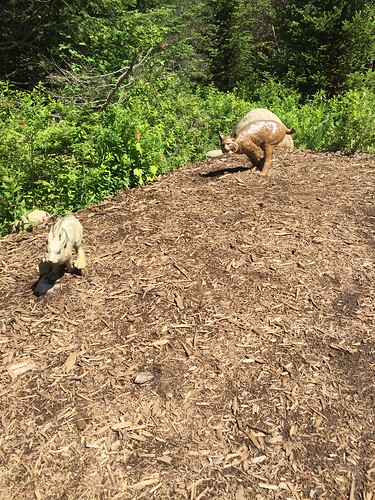Sometimes I have so many books on my "books I haven't read" pile (if we're being honest, "pile" is perhaps not the word to use; there are stacks of books under all three living room tables, some on top of the coffee table, and some additional books in stacks next to the coffee table) that I decide that for a month I will have a theme. My theme doesn't always apply to Kindle books, since I'm usually finishing one from the month before, but I can usually line it up fairly well with paper books. For May, my theme was "biographies and memoirs". Unfortunately, those are often slow reads, which means that my May total is a little low.
Before I could get to my memoirs, though, I had to finish the one Kindle book I read this month: Mike Bode's
The Mirrored City, which picks up a few months after "The Queen of Lies" ended. Jessa, former princess and now empress, struggles to fight off a challenge to her own power while attempting to unite the city-states of her world. Heath, the assassin priest, tries to help her while also trying to cope with the changes to himself and his role that happened at the end of the last book, working with Maddox, the now-immortal archmage who used to be his lover, and Sword, the magic sentient blade who serves as his fighting companion. There are new characters, new dangers, and old threats from the past, plus the possible end of the world.
This was as entertaining as the last one, and I'm hoping for a third. As in the first book, there's a lot of world-building without clubbing you over the head with it, and the story behind the story that was hinted at in the end of the last book is a little more fleshed out in this one. I'm intrigued to see where it goes.
After I finished this book, I spent the rest of the month walking outside, rather than on the treadmill, so I didn't read another Kindle book.
The first biography I read was Gioia Diliberto's
Diane von Furstenburg: A Life Unwrapped, which offers an interesting portrait of the fashion icon, delving into her mother's survival in the concentration camps, her childhood, her many marriages and lovers (and possible drug fueled orgies and bisexual flings), and the rise and fall and rise again of her business. DVF cooperated with this book, so it has a lot of personal information, but it also frequently drops casual stereotypes about Jewish people when it talks about her background, multiple times.
I guess it was interesting, but I didn't really take anything away from it other than that DVF had an interesting life. There's no advice for others or any really inspirational moments to think about later, so my overall feeling when I was done was mostly just, "I read this book, and it was a book."
I have really mixed feelings about the memoir that I read next.
Columbine is so iconic to Americans that we don't even call it "the Columbine high school shooting" or something like that. It has its own shorthand where we say the name of the town and the school shooting is the first thing people think of. It's the first school shooting that I remember getting major, around the clock media coverage. It's been exhaustively picked apart and analyzed in books, magazines, documentaries, and internet conspiracy theories, but in
A Mother's Reckoning Sue Klebold reminds us that there's a side we haven't ever really heard: the families of the shooters. Who was Dylan Klebold? How did he grow up? Were there warning signs his parents missed, or did they see them and interpret them incorrectly? What's it like to receive a call at work that tells you your son murdered his classmates? How do you mourn him and mourn his victims at the same time? What happens to the rest of your life?
I found this compulsively readable. Sue Klebold comes across as honest and genuine, and shares her grief, anger, confusion, and what's she's learned as she struggles to carry on. She also points out that Columbine isn't just a story of murder and rage, but also a story about two boys who committed suicide. Could recognizing Dylan's suicidal depression have prevented what happened? Klebold doesn't make excuses, but she does point out as best she can the places where she could have done better.
I think it was very brave of her to come forward and finally tell her story this honestly and openly, because she lives a life that the rest of us can barely imagine: she's the mother of a mass murderer who has been savaged in the press and the courts of public opinion as a horrible parent who allowed this to happen, and she says over and over through the book that she would think the same thing about a mother if she saw this story on the news. There are some things she can't talk about, because of the many lawsuits that have been leveled against her family by those of the victims, but she also shares things that I never knew, like that she spent over a month after the shootings writing apology letters to each family, or that she is now a cancer survivor, or that she works for organizations promoting mental health and suicide awareness.
I don't know if I can say I enjoyed this book, but I did find it inspiring and sympathetic.
I wrapped up the month with Margo Jefferson's
Negroland is part autobiography, part history lesson. What was it like to be an upper middle class African American before the progress of the civil rights era? Jefferson takes us inside a world of manners, social clubs, education, and the "right" neighborhoods as it slowly gives way to the world of power struggles and questioning whether she's turned her back on her culture to emulate whites. Along the way, she outlines heroes and heroines and cultural milestones that still inform behavior and attitudes today, and she doesn't shy away from discussions of race that may be uncomfortable for the reader.
This was a slow read, like the DVF book, but it was interesting.
I'm sticking with a theme for June, too. It's Gay Pride month, so I'm reading books with LGBTQ+ content.
It will hopefully be interesting.

